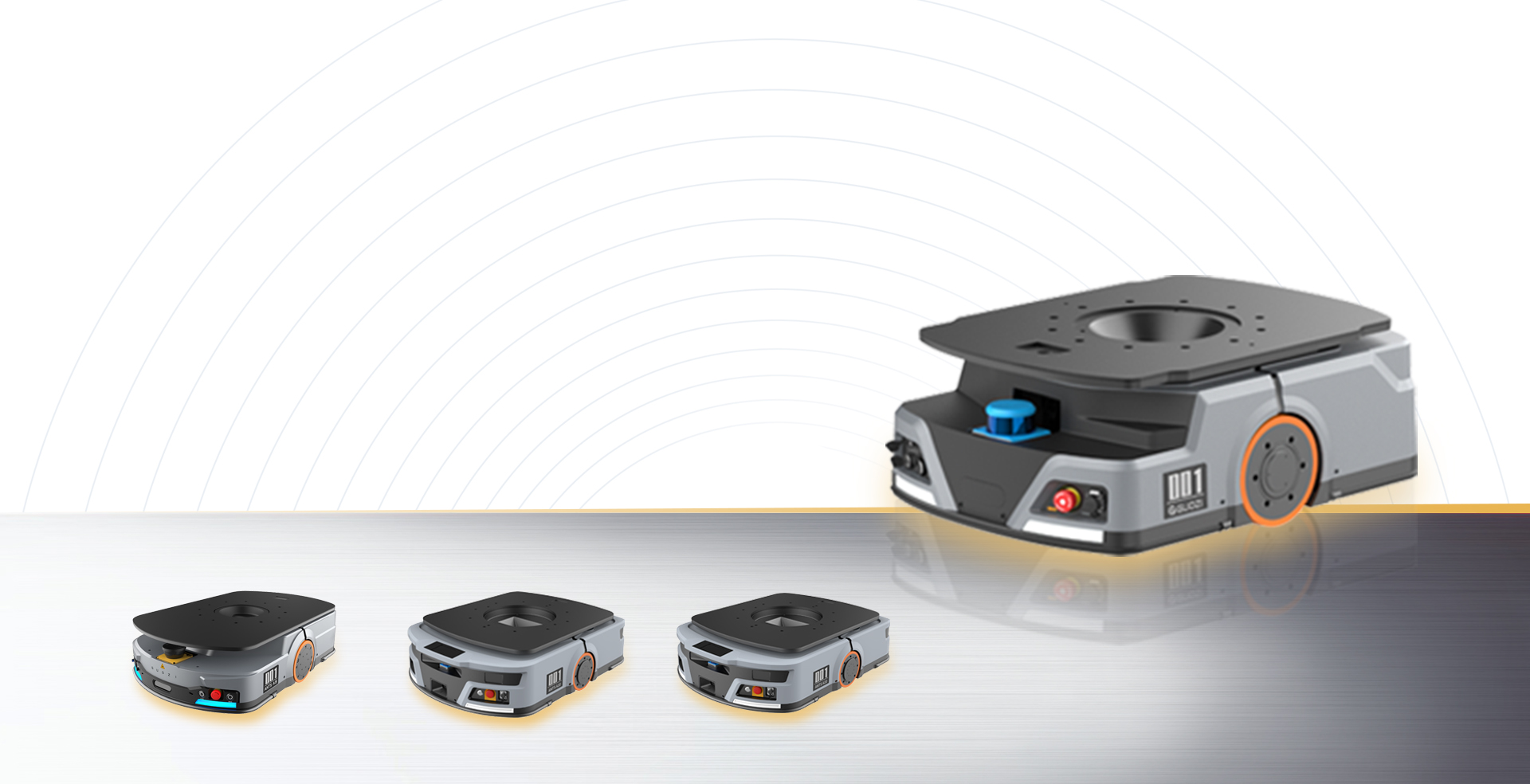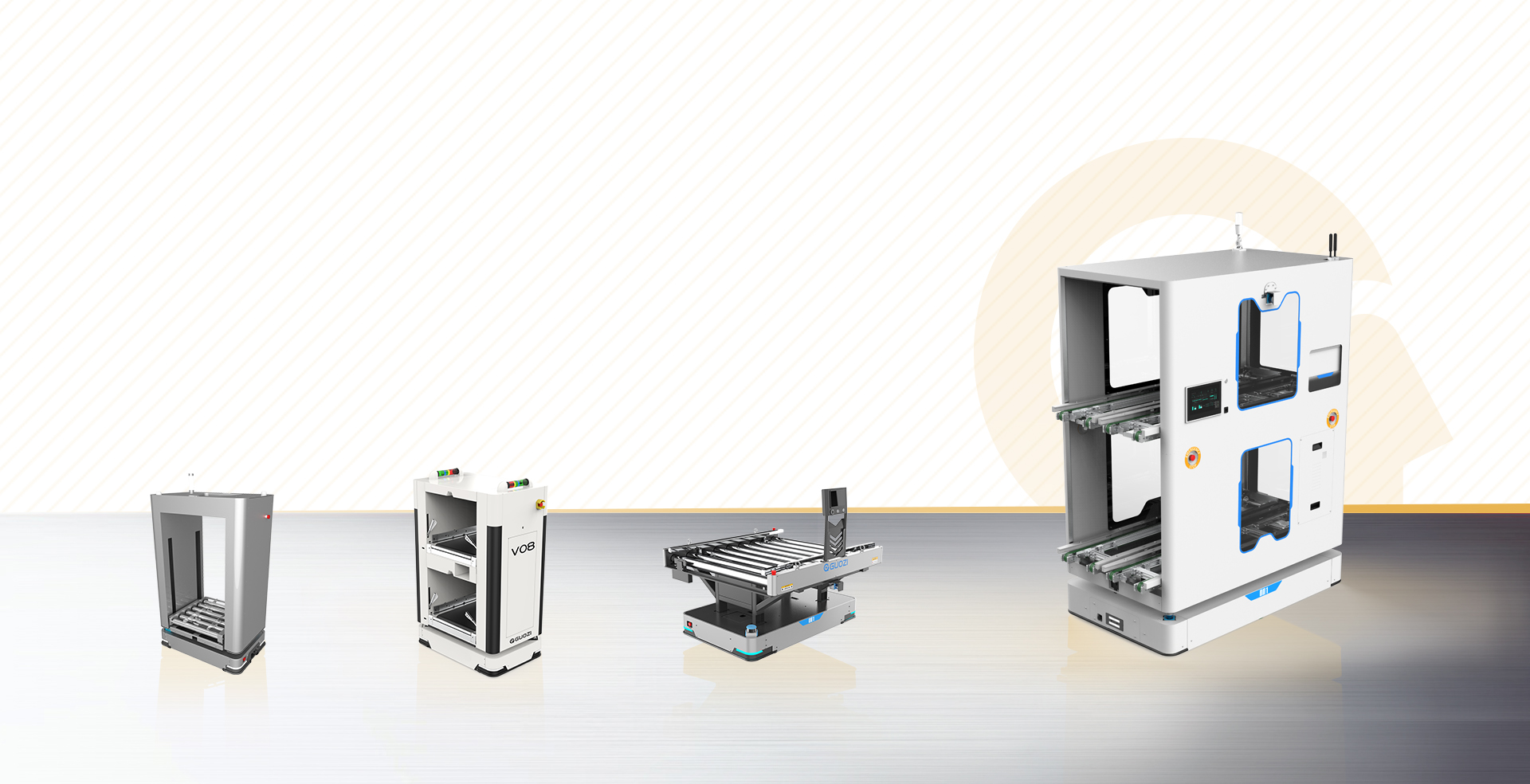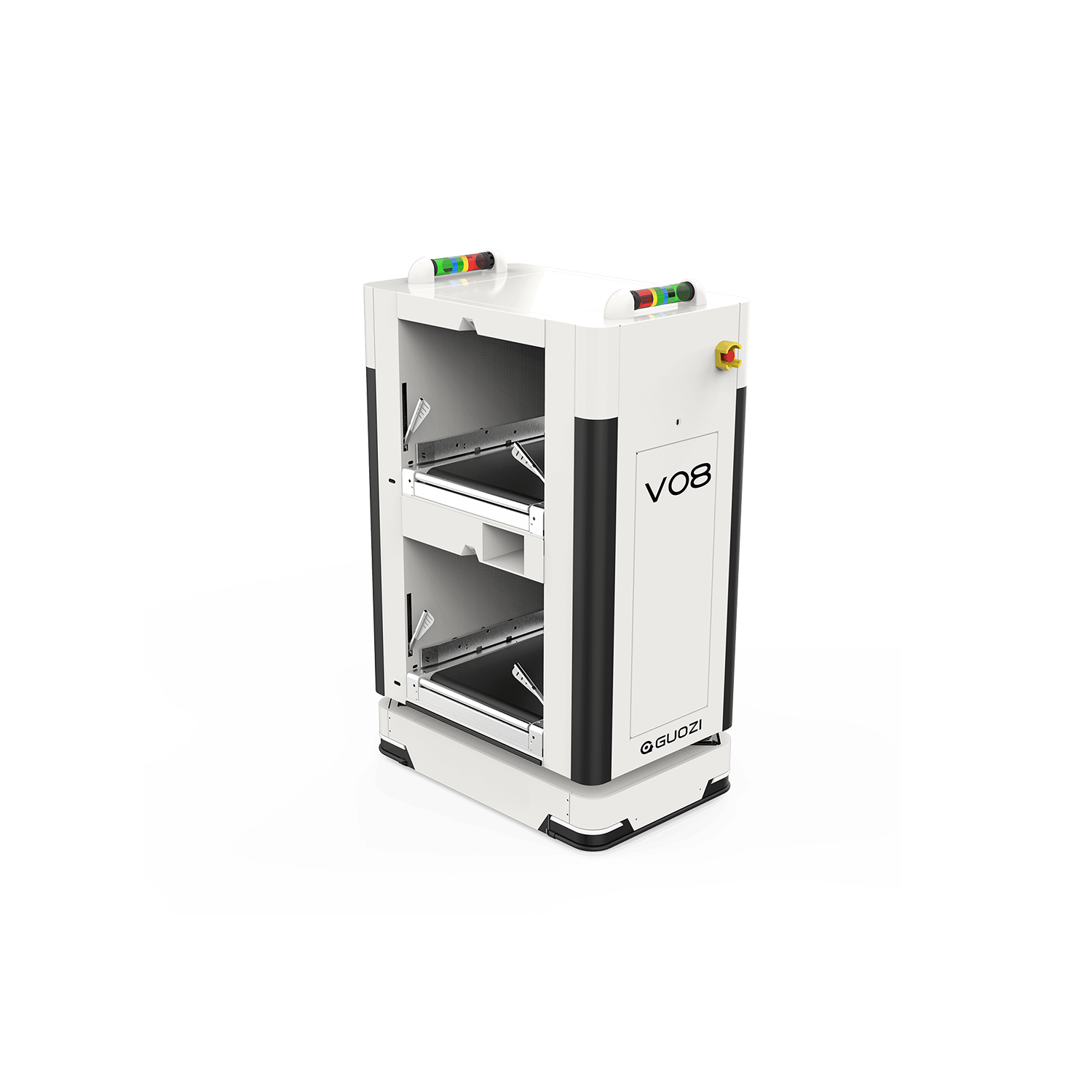In the continuous evolution of robotics, ant robots have become a research hotspot for their unique group intelligence and efficient collaboration capabilities. Ant robot design not only embodies the innovative application of bionics principles, but also represents the trend of robot industry towards intelligence and collaboration. In this paper, we will have an in-depth discussion on the design concepts, technical challenges, application prospects, and industry impacts of ant-type robots.
Anthrobotics Robot Design Concepts
1. Colony Intelligence
The design of the Ant Robot is inspired by the intelligent behavior of ant colonies. Although simple, individual ants can accomplish complex tasks such as foraging and nest building through colony collaboration. The Ant Robot aims to mimic this colony intelligence and achieve complex tasks through the collaboration of multiple simple individuals.
2. Self-organization
Ant robots are designed to emphasize self-organization, i.e., the ability of a robotic colony to autonomously form an ordered structure through local rules and inter-individual interactions in the absence of a centralized control to adapt to changes in the environment and the demands of tasks.
3. Resilient Adaptation
Ant-robot design focuses on resilient adaptability, which enables the robot population to maintain the stability and efficiency of the overall function in the face of uncertainties such as environmental changes and individual failures.
Technical Challenges
1. Individual Design
The individual design of an ant-robot needs to be lightweight, robust, and have some computational and communication capabilities. At the same time, the individual robot needs to have enough sensors and actuators for effective interaction with the environment.
2. Group Collaboration
Group collaboration is a central challenge in the design of ant robots. How to design an effective synergy strategy so that the robot colony can efficiently accomplish the assigned tasks is a problem that researchers need to solve.
3. Communication Mechanisms
The communication mechanisms between ant robots need to be efficient, reliable, and resistant to interference. Research on how to maintain the stability of group collaboration under unstable communication environments is the key to the development of ant robotics.
Application Prospects
1. Industrial Manufacturing
Anthro-robots can be used in the industrial manufacturing field to take on the tasks of material handling, assembling, and inspecting to improve the production efficiency through group collaboration.
2. Disaster Rescue
Ant robots can carry out search and rescue, material transportation, and other tasks at disaster sites such as earthquakes and floods, and their miniaturization and swarm intelligence characteristics give them a significant advantage in complex environments.
3. Environmental monitoring
Ant robots can be used for environmental monitoring, realizing rapid monitoring and data collection of large-scale areas through group collaboration.
Industry Impacts
1. Promoting the Development of Bionics
The design and development of ant-type robots promote the application of bionics in the field of robotics and provide new design ideas and innovations for robotics technology. provides new design ideas and innovative directions.
2. Leading the trend of collaborative robots
The successful application of ant-type robots will lead the development of collaborative robotics, and promote the transformation of robots from single-operation to multi-robot cooperative operation.
3. Promoting interdisciplinary integration
Ant-robot design involves a number of disciplines, such as biology, mechanical engineering, electrical engineering, computer science, and so on, and its development will promote the cross-integration of these disciplines.
Ant-robot design, with its unique group intelligence and collaborative ability, brings new development opportunities for the robot industry. In the face of technical challenges, Chinese researchers should continue to explore and innovate to promote ant robot technology to maturity, provide intelligent solutions for various industries, and open a new era of intelligent collaboration.








